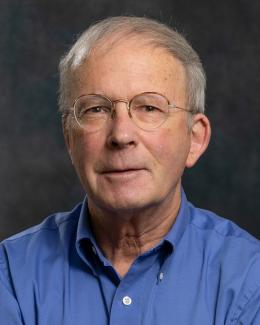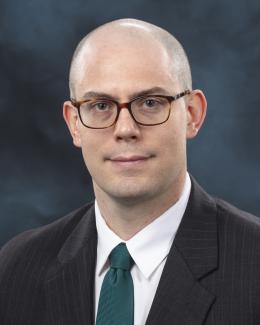Abstract
The Kinetic Orbit Runaway electrons Code (KORC) is extended to model post-disruption runaway electron (RE) mitigation by impurity injection. Ensembles of RE guiding center orbits are simulated by interpolating magnetic fields directly from time-sequenced experimental reconstructions and incorporating collisional models for partially ionized impurities and models of thermal electron and impurity spatiotemporal dynamics. These models fit experimental data from the DIII-D and JET tokamaks, exploring the role of spatial effects compared to previous studies. A synthetic line-integrated density diagnostic is used to compare directly with experimental data to ensure a robust fit. The flexibility of KORC allows for simulations employing a hierarchy of models enabling model validation through detailed comparisons of shattered pellet injection (SPI) and massive gas injection (MGI) mitigation of REs and a detailed study of different collisional models. It is found that the evolution of the spatiotemporal electron and impurity density profiles due to impurity injection and interaction with RE drift orbits in dynamic fields play a significant role in the mitigation process and is an outstanding and critical modeling need. Additionally, neutral impurities are determined to play a critical role in RE mitigation. Beyond validation, this work allows for comparing and optimizing different impurity-based mitigation scenarios and their scaling towards ITER.







